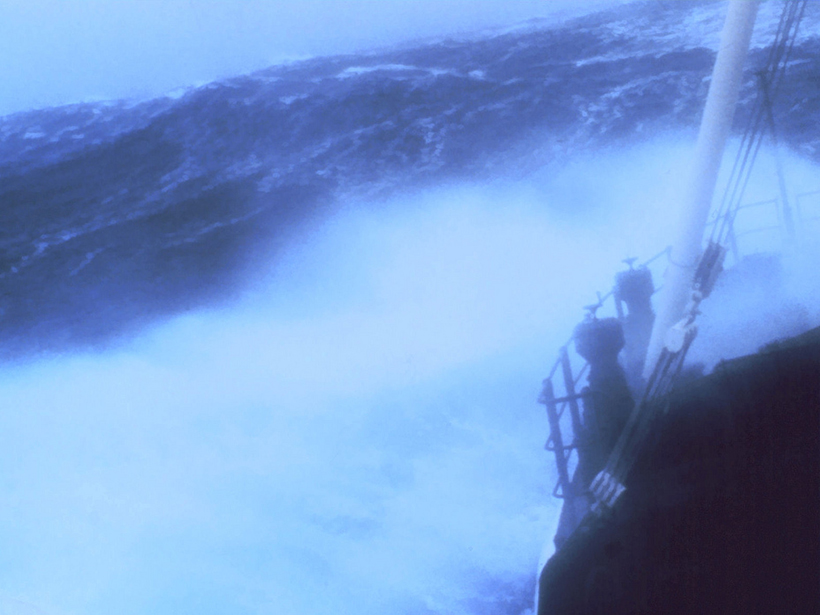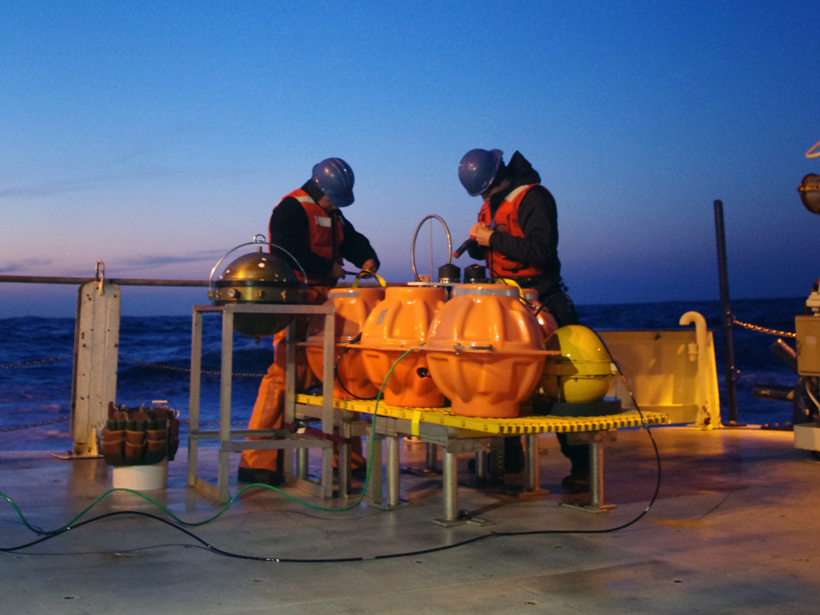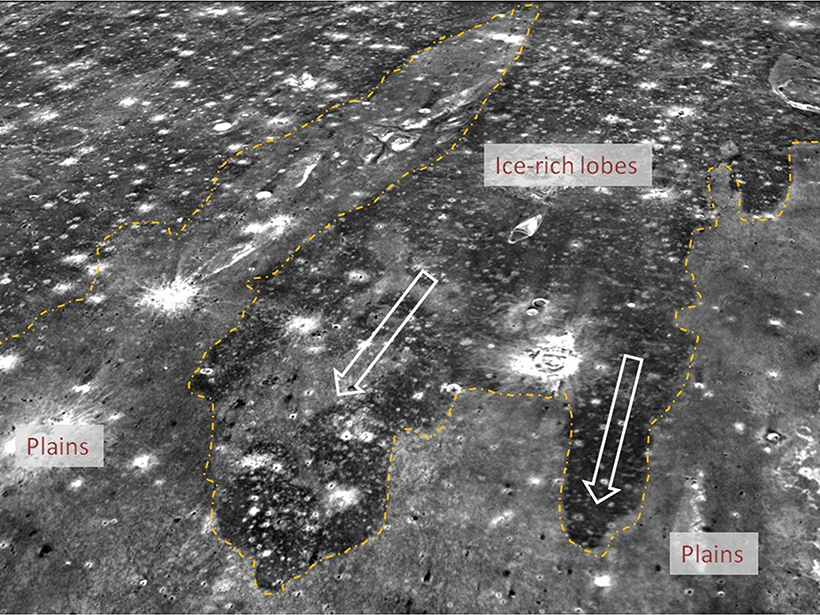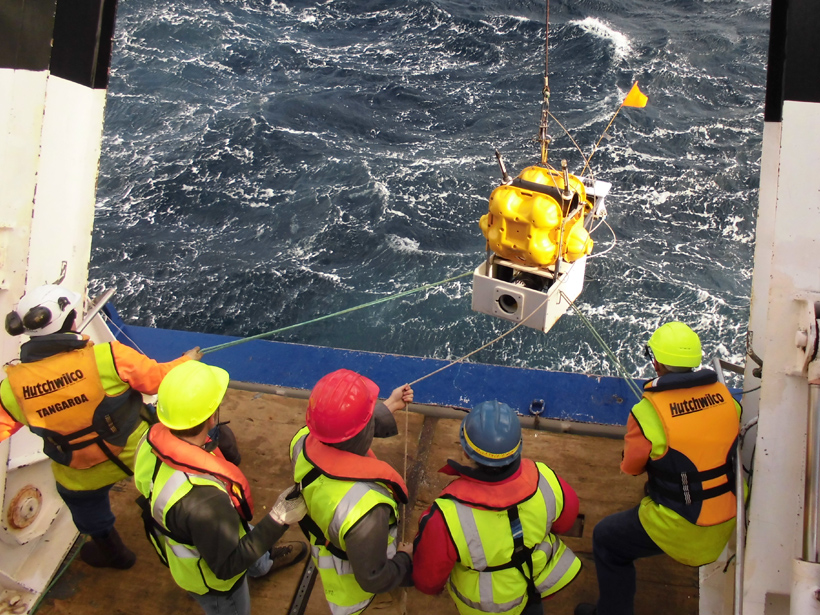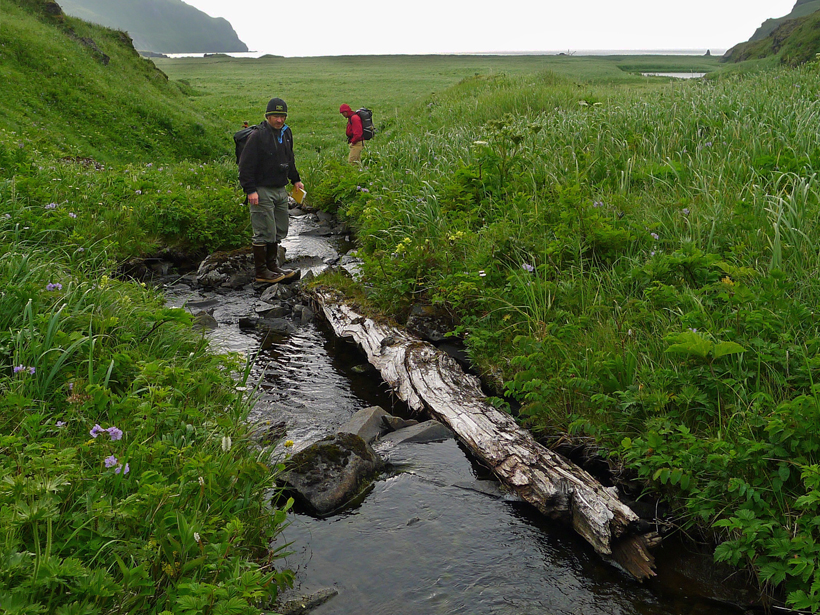Researchers assess tsunami risk in the South China Sea based on models of seismic slip along the Manila megathrust.
tsunamis & storm surges
Model Predicts Heights of Rogue Waves
Rogue waves form without warning and can tower more than 25 meters high. A new mathematical approach shows promise at simulating how high these waves can be.
Streamlining Rapid Tsunami Forecasting
With enough sensors, traditional forecasting methods could be replaced by models continuously updated with real-time wave data.
Tsunamis Splashed Ancient Mars
Massive meteorites likely slammed into a Martian ocean billions of years ago, unleashing tsunami waves up to 120 meters tall, a close study of a region of the Red Planet's terrain has found.
Undersea Data Tie Slow Fault Slip to Tsunami-Causing Quakes
Slow events might help scientists better understand when and why tsunami-generating earthquakes occur.
Unknown Tsunami Trigger Hides Along a Creeping Aleutian Fault
A seismically quiet part of the Aleutian Subduction Zone may have caused tsunamis in the past—and may cause future tsunamis that could travel across the Pacific Ocean.
Alaska's Semidi Segment Could Unleash a Devastating Tsunami
Study reveals structures along the Alaskan convergent margin capable of generating a powerful tsunami directed toward the United States's West Coast.
Tsunami Forecast System Could Provide Early Warnings in Japan
New simulations show that an array of sensors mounted to the ocean floor can capture tsunami size and wavelength.
Tracking Long-Term Changes in Global Sea Level Extremes
Large-scale climate change may drive trends in extreme sea level events.
Mysterious Boulders Suggest Ancient 800-Foot-Tall Tsunami
The suspected sudden collapse of a nearby volcano's flank may have triggered an enormous wave that carried large boulders high onto Santiago Island in Cape Verde, a new study finds.


